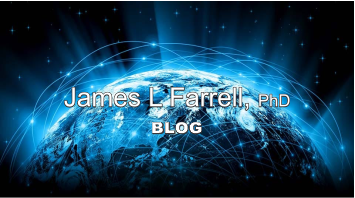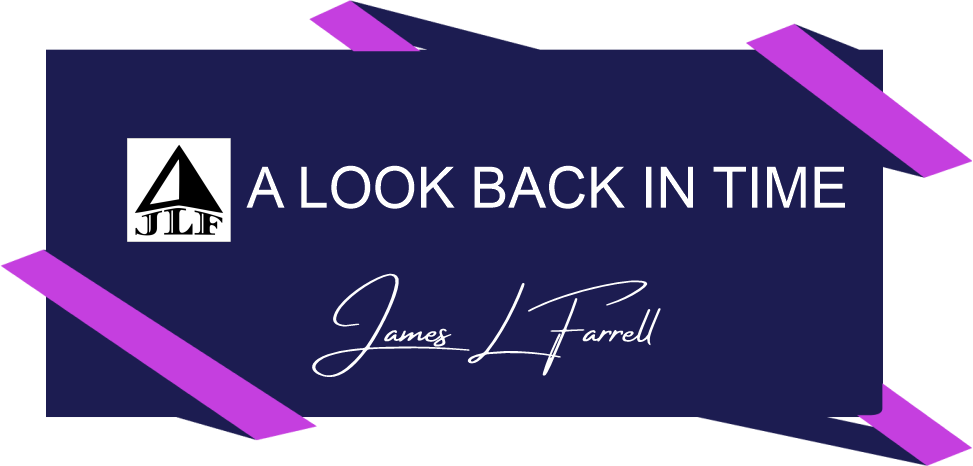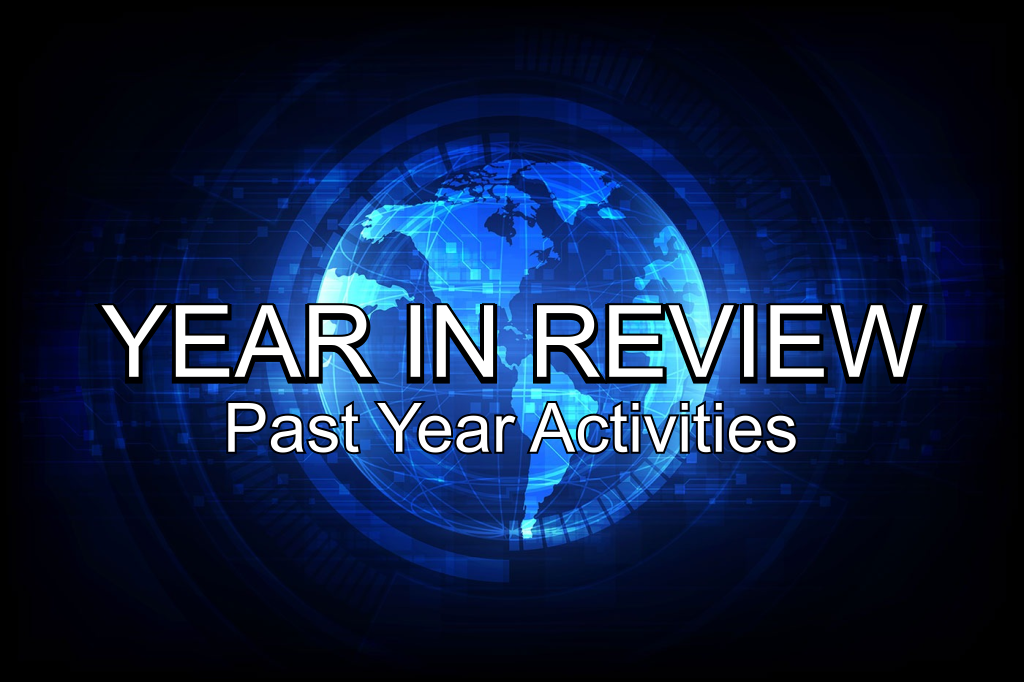Kalman filter, strapdown, imaging, tracking, and more
- An early comment sent to this site raised a question as to how long I’ve been doing this kind of work. Yes I’m an old-timer. Some of my earlier Kalman filter studies are cited in books dating back to the 1970s — e.g., Jazwinski, Stochastic Processes and Filtering Theory, 1970 (page 267); Bryson & Ho, Applied Optimal Control, 1975 (page 374); Spilker, Digital Communication by Satellite, 1977 (page 636). My first book, published by Academic Press, initially appeared in 1976. Additional manuscripts appearing prior to that book, e.g., publication #4-16 plus others, are also relevant.
Early familiarizarion with Kalman filtering and inertial navigation paid huge dividends during subsequent efforts in other areas. Those included, at first, doppler nav with a time-shared radar beam ( publication #20 ), synthetic aperture radar ( publications #21, 22, 38, 41 ), synchronization ( publication #19 ), tracking ( publications #23, 24, 28, 30, 32, 36, 39, 40, 48, 52, 54, 60, 61, 66, 67, 69 ), transfer alignment ( publications #29, 41, 44 ), software validation ( publications #34, 42 ), image fusion ( publications #43, 49 ), optimal control ( publication #33 ), plus a few others. All these efforts made it quite clear to me — there’s much more to all this than sets of equations.
Involvement in all those fields had a side effect of delaying my entry into GPS work; I was a latecomer when the GPS pioneers were already established. GPS/GNSS is heavily involved, however, in much of my later work (latter half of my publications) — and my work in other areas produced a major benefit: The experience provided insights which, in the words of one reviewer quoted in the book description ( click here ) are either hard to find or unavailable anywhere else. Recognizing opportunities for synergism — many still absent from today’s operational systems — enabled me to cross the line into advocacy ( publications #26, 47, 55, 63, 66, 68, 73, 74, 77, 83, 84, 85, 86 ). Innovations present in the book just cited were either traceable to or enhanced by my earlier familiarization with techniques used in other areas.










